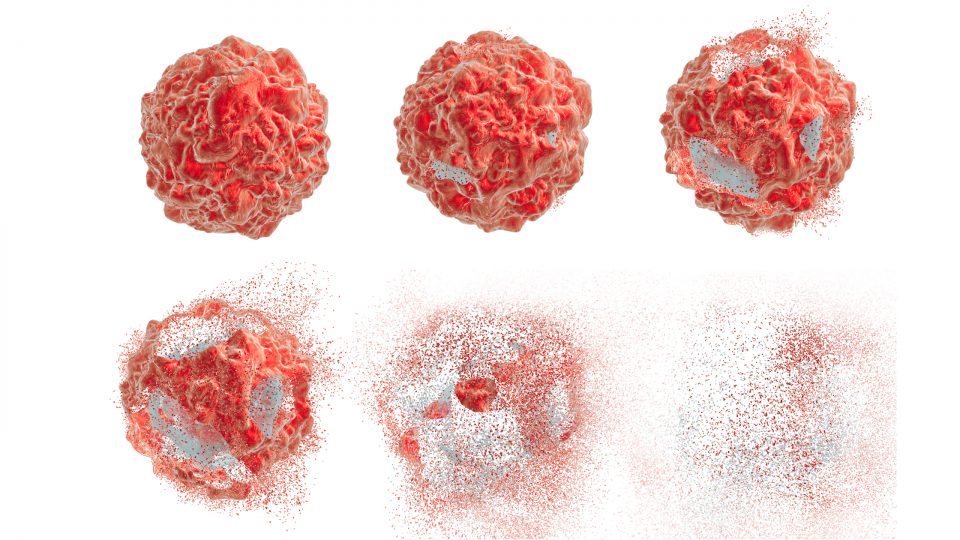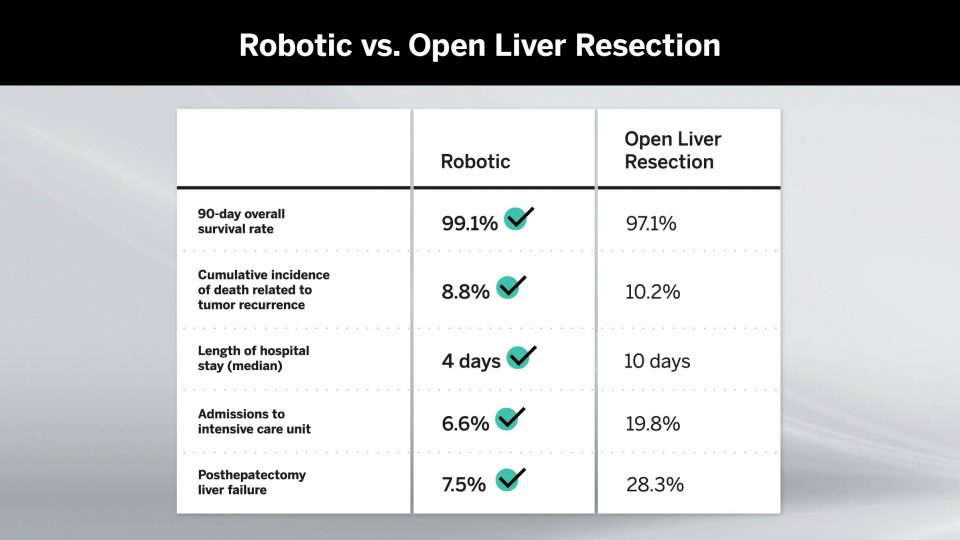As co-director of the Inflammatory Bowel Disease Center, David P. Hudesman, MD, is working to shed light on the predictors of inflammatory bowel disease (IBD) progression using clinical and translational biomarkers, in order to personalize the care given to IBD patients.
Physician Focus: What drives the well-documented variation in quality of care for patients with IBD, including Crohn’s disease and ulcerative colitis?
Dr. Hudesman: IBD impacts the gastrointestinal tract along with many other parts of the body including the joints and skin. Many people with IBD can have associated malnutrition, chronic pain, fatigue, and poor sleep quality that can negatively impact their quality of life. Yet, it is rare to receive the level of multidisciplinary care we can offer in a center like ours, which includes an IBD specialist, a nutritionist, and a psychologist; plus a rheumatologist and a dermatologist to manage extraintestinal symptoms; nurses and mid-level providers to help manage medications; and even a pharmacy team to navigate insurance considerations.
Psychological care is critical. Anxiety and depression are common co-morbidities. A solo GI practice doesn’t necessarily have a psychologist, and many mental health providers don’t accept insurance. While our center provides behavioral therapy and treatment as part of the multidisciplinary model, this is not widely available.
“By more fully understanding a patient’s IBD involvement, we can better engage specialists in leading those patients toward optimal outcomes.”
David P. Hudesman, MD
Physician Focus: How does your care model benefit hospitalized patients, in particular?
Dr. Hudesman: Many patients with IBD do need to be admitted to the hospital—which can impact short- and long-term outcomes. The idea behind our own work in developing a dedicated, multidisciplinary inpatient IBD service is that including GI specialists, a colorectal surgeon, ostomy nurse, and an entire team specializing in IBD care can help improve outcomes for hospitalized patients.
We have studied the impact of a dedicated inpatient IBD service. In one recent study, we assessed the impact of our dedicated IBD service on important quality measures such as Clostridiodes difficile stool testing, VTE [venous thromboembolism] prophylaxis administration, and opiate avoidance. In addition to finding statistically significant improvements in the inpatient measures, we identified improvements in post-discharge rates of ED visits and hospital readmissions.
Forecasting Risk of Complications
Physician Focus: What other research is the center leading toward the goal of preventing, or at least reducing, hospitalizations?
Dr. Hudesman: We’re working to stratify patients by risk factors and symptoms to predict their clinical course. Around a third of hospitalized patients with IBD require salvage therapy or surgery, and about 40 percent experience a longer length of stay. But we don’t have a method to predict whether admitted patients will experience adverse outcomes.
We recently published a scoring index that can be used to assess which patients who present in the ED are at risk for complications. The hope is that this prognostic information can guide management of hospitalized patients with IBD.
Treatment Beyond the GI Tract
Physician Focus: The center is also researching extraintestinal manifestations of IBD. What are those manifestations, and how does their treatment support care?
Dr. Hudesman: Manifestations beyond the GI tract, which impact up to half of patients, can happen virtually anywhere—the joints, skin, eyes, liver, biliary tract, and lungs. Joint manifestations are most common, especially in Crohn’s disease, and tend to go undiagnosed until they present more severe symptoms such as back pain and joint damage.
Certain treatment options have more systemic benefits, making them more efficacious if we can identify those patients who have both intestinal and extraintestinal symptoms. For example, we recently completed a study indicating that magnetic resonance enterography used to assess patients with Crohn’s disease can allow clinicians to evaluate for sacroiliitis—and potentially adapt treatment before this manifestation causes more significant problems.
Physician Focus: What promising future treatments are you investigating for IBD?
Dr. Hudesman: We are working to further personalize treatment based on disease phenotype. For example, we’ve examined the characteristics of patients with IBD and concurrent psoriasis (PsO) or psoriatic arthritis (PsA)—all conditions characterized by dysregulation of the immune system. Evidence suggests that these conditions share a common genetic pathway, and that the presence of one increases the risk of developing another. Our study revealed that patients with IBD alone may have a less severe disease phenotype than those with IBD and PsO/PsA overlap, and that there may be an underlying genetic component behind that overlap. We expect such insights to help us customize treatment. By more fully understanding a patient’s IBD involvement, we can better engage specialists in leading those patients toward optimal outcomes.






